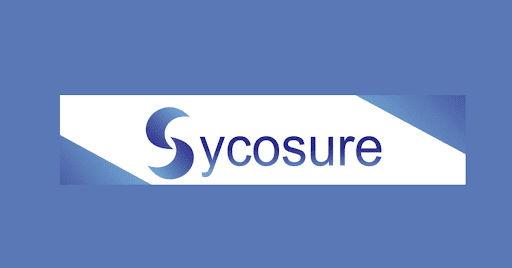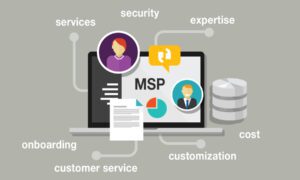Introduction:
In today’s digital age, security has become a paramount concern for individuals and organizations. With increasing cyber threats and data breaches, we must understand the best practices for securing sensitive information. This article will explore the art of security and provide the best Sycosure practices to safeguard your data and protect against potential threats.
Importance of Security:
Protecting Personal Data:
In an era where personal information is at constant risk, we must adopt adequate security measures to protect our sensitive data from falling into the wrong hands. Best Sycsure practices can help safeguard personal information such as banking details, social security numbers, and passwords.
Safeguarding Organizational Data:
Businesses handle sensitive information, including customer data, financial records, and trade secrets. Implementing robust security measures is crucial to protect against potential cyber attacks, leading to significant financial losses and damaging a company’s reputation.
Understanding the Threat Landscape:
Cyber Threats:
Cyber threats come in various forms, including malware, phishing attacks, ransomware, and denial-of-service attacks. It is vital to have a comprehensive understanding of these threats to develop effective security strategies.
Social Engineering:
One of the most common tactics cybercriminals use is social engineering, where they manipulate individuals into divulging confidential information. Best Sycosure practices can help individuals and organizations identify and mitigate the risks associated with social engineering attacks.
Best Sycosure Practices:
Strong Passwords:
Creating strong and unique passwords is the first defense against unauthorized access. Best Sycosure practices suggest combining uppercase and lowercase letters, numbers, and special characters. Additionally, avoiding using easily guessable information such as birthdays or pet names is essential.
Multi-Factor Authentication (MFA):
Implementing MFA adds an extra layer of security by requiring users to provide multiple forms of identification. This could include a combination of passwords, biometrics, or security tokens. Best Sycosure practices recommend enabling MFA wherever possible to prevent unauthorized access.
Regular Software Updates:
Keeping software up to date is crucial to protect against known vulnerabilities. Best Sycosure practices emphasize the importance of regularly installing updates and patches provided by software vendors to ensure the latest security fixes are in place.
Employee Training and Awareness:
Human error is often the weakest link in any security system. Regular security awareness training programs can help educate employees on potential threats and security best practices. This can include recognizing phishing emails, secure browsing habits, and properly handling sensitive information.
Network Security:
Implementing robust network security measures is essential to protect against unauthorized access to sensitive data. Best Sycosure practices recommend firewalls, intrusion detection systems, and virtual private networks (VPNs) to secure networks and prevent unauthorized access.
Conclusion:
In conclusion, the art of security encompasses a wide range of practices and strategies to protect against cyber threats. Adopting the best Sycosure practices is crucial in today’s digital landscape to safeguard personal and organizational data. Individuals and organizations can significantly enhance their security posture by implementing strong passwords, enabling multi-factor authentication, regularly updating software, conducting employee training, and ensuring network security. Remember, security is an ongoing process that requires continued vigilance and adaptation to stay one step ahead of cyber threats.





























